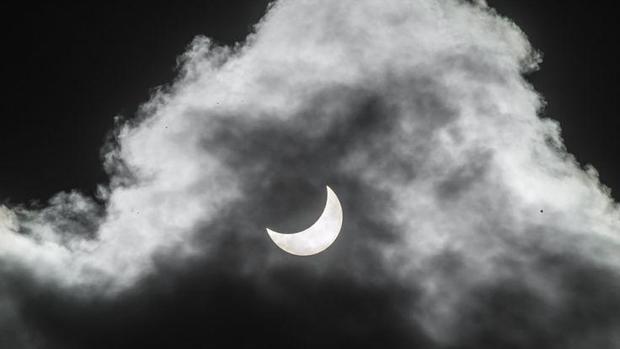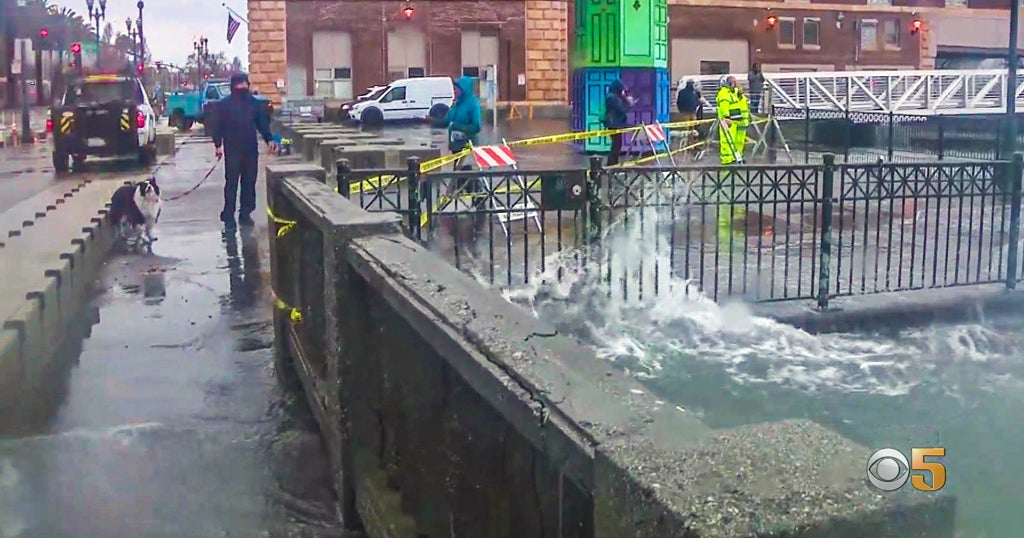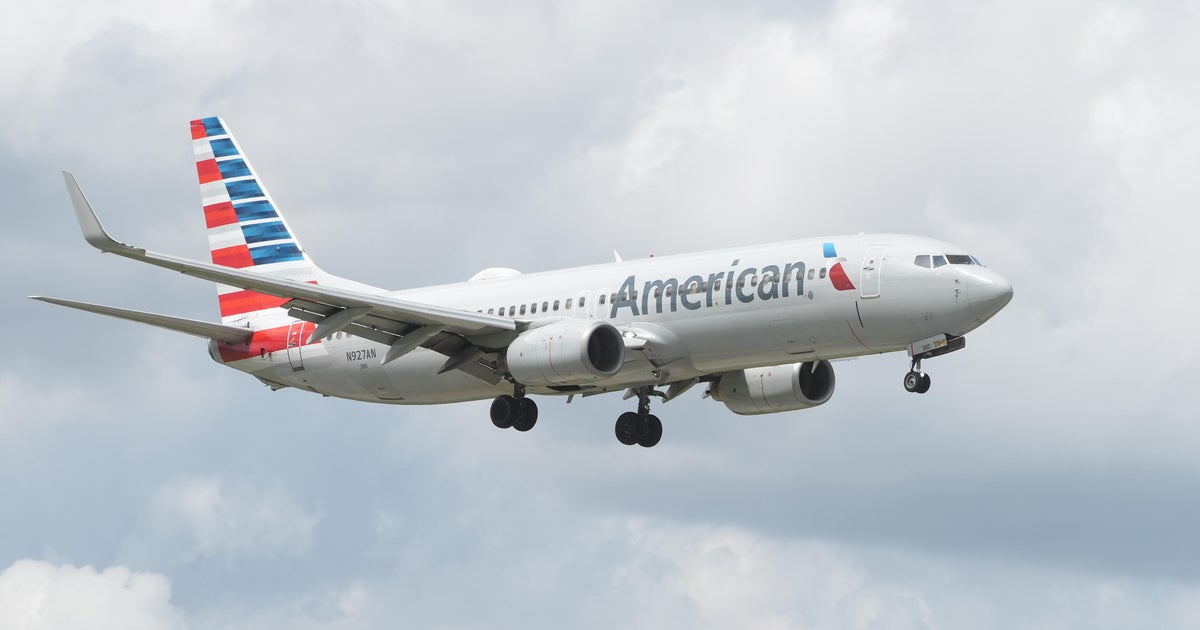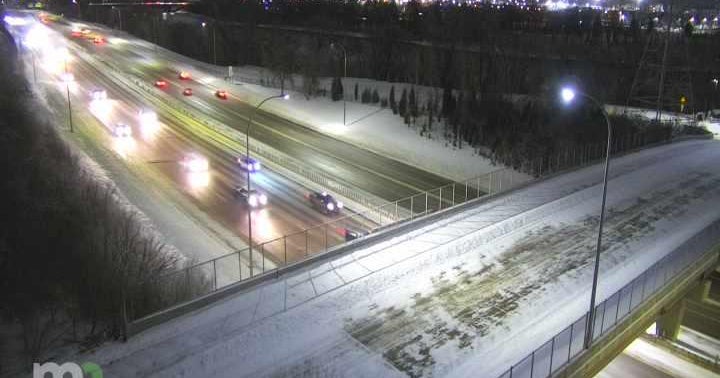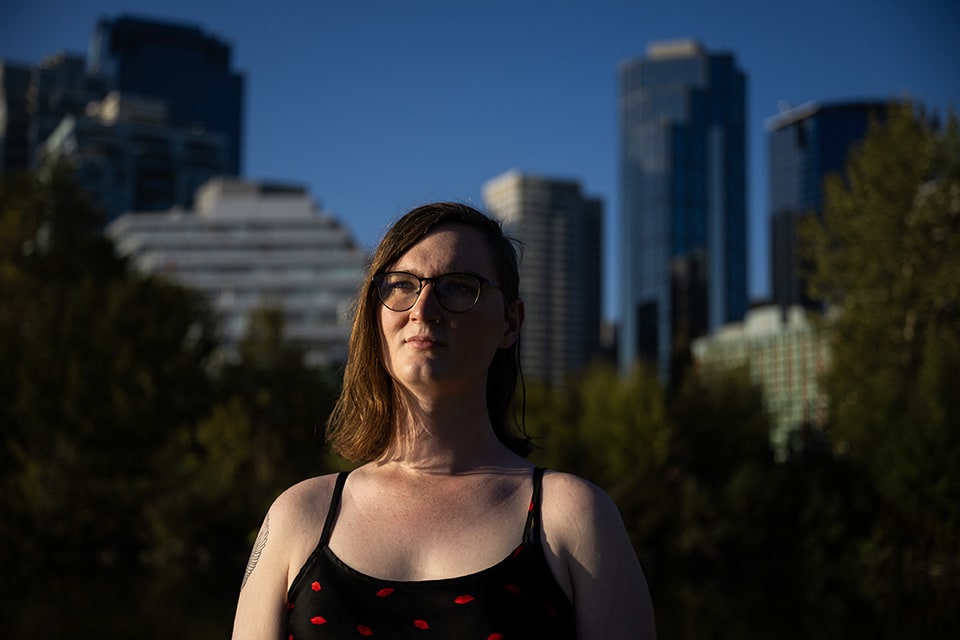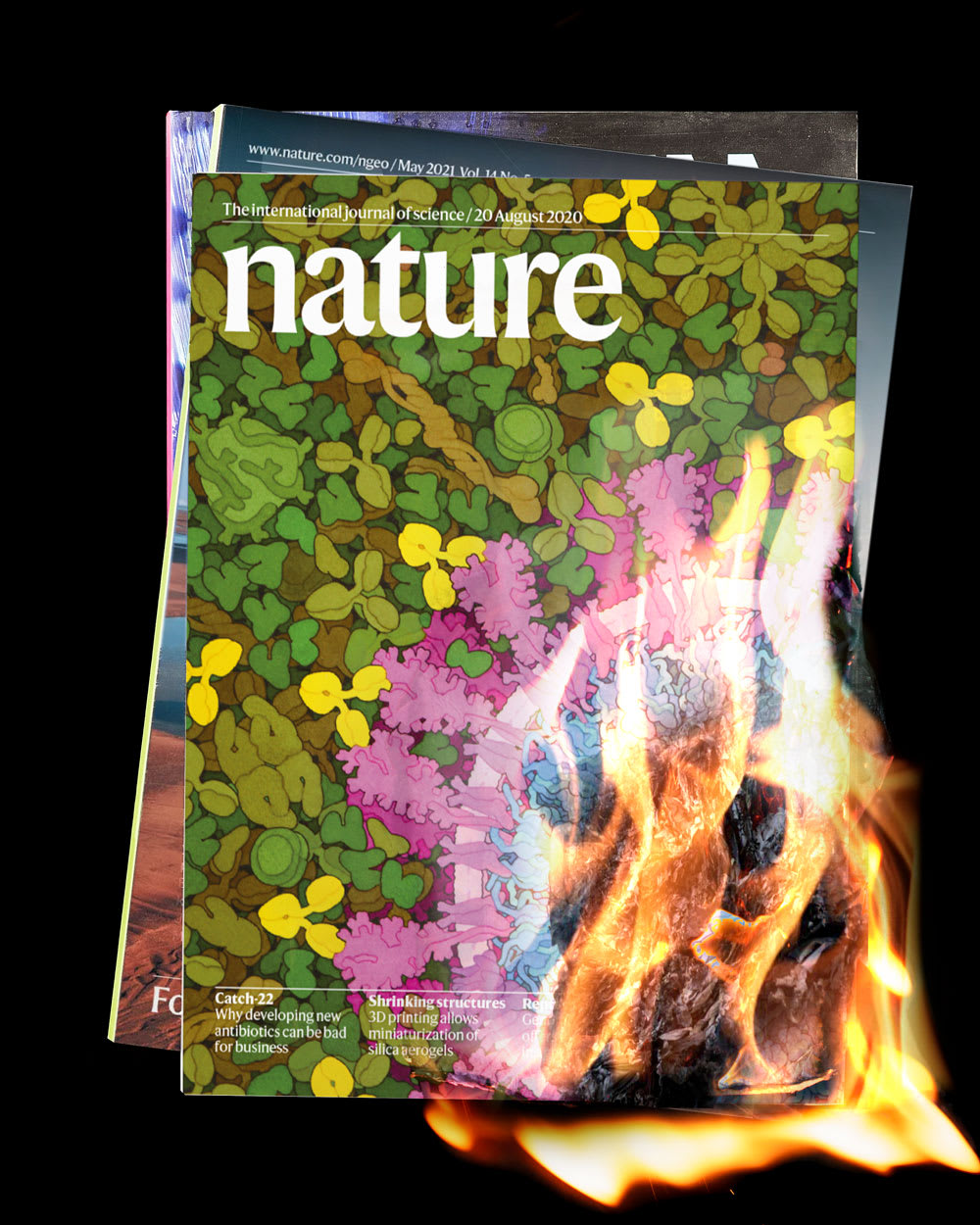America's next solar eclipse comes in 2024
If you missed the solar eclipse on Monday, you won't need to wait another 99 years to see one.
NASA says the next total solar eclipse visible from the U.S. will take place seven years from now, on April 8, 2024. But the next full coast-to-coast eclipse won't appear until 2045.
During the 2024 eclipse, the moon's shadow will cross the U.S. border in southern Texas and move up into the eastern half of the country, passing over Dallas-Fort Worth; Cleveland, Ohio; Buffalo, New York; and on to Montreal.
Curiously, it will also cross directly over Carbondale, Illinois, near the spot that experienced the longest stretch of totality during the 2017 eclipse.
Millions of Americans who managed to catch the eclipse Monday saw the sun in the first solar eclipse visible in the U.S. since 1979 and the first to sweep the entire country from coast to coast in nearly a century.
"It's really, really, really, really awesome," said 9-year-old Cami Smith as she watched the fully eclipsed sun from a gravel lane near her grandfather's home at Beverly Beach, Oregon.
The temperature dropped, birds quieted down, crickets chirped and the stars came out in the middle of the day as the line of darkness raced 2,600 miles across the continent in about 90 minutes, bringing forth oohs, aahs, shouts and screams.
David Avison of Lake Oswego, Oregon, began looking for a place to watch the eclipse six years ago in 2011. That's when his wife's British third cousin emailed them to announce they would be visiting for the eclipse.
Avison's wife tried to make reservations at a nearby resort that same day but they were already booked. Instead, they took an overnight train Monday from Avison's home in his Portland suburb to the Oregon State Fairgrounds.
He says people who want to see the next eclipse in 2024 ought to make reservations now.
In Boise, Idaho, where the sun was more than 99 percent blocked, people clapped and whooped, and the street lights came on briefly, while in Nashville, Tennessee, people craned their necks at the sky and knocked back longneck beers at Nudie's Honky Tonk bar.
At the Nashville Zoo, the giraffes and rhinos started running around crazily when the sun came back. Several minor-league baseball teams -- one of them, the Columbia Fireflies, outfitted for the day in glow-in-the-dark jerseys -- briefly suspended play.
At the White House, despite all the warnings from experts about the risk of eye damage, President Trump took off his eclipse glasses and looked directly at the sun.
It was the most-observed and most-photographed eclipse in history, with many Americans staking out prime viewing spots and settling onto blankets and lawn chairs to watch, especially along the path of totality -- the line of deep shadow created when the sun is completely obscured except for the delicate ring of light known as the corona.
The shadow -- a corridor just 60 to 70 miles wide -- came ashore in Oregon and then traveled diagonally across the Midwest to South Carolina, with darkness from the totality lasting only about two to three wondrous minutes in any one spot.
Students from Central Washington University in Ellensburg planned to launch a weather balloon intended to capture live video and photos of the eclipse.
The CWU students were among 52 teams from 31 states taking part in a NASA project to document the eclipse. A $680,000 grant from NASA is paying for the work, the Yakima Herald-Republic reports.
Professor Darci Snowden told the Yakima Herald-Republic that the balloon, launched from Culver, Oregon, will reach near the edge of the atmosphere of Earth.
The rest of North America was treated to a partial eclipse, as were Central American countries and the top of South America.
"We're all part of something celestial -- so much bigger than us, so mysterious," said Ed Sullivan, who traveled from Richmond, Virginia, to Glendo Reservoir in Wyoming. "There is so much to ponder I don't even know what questions to ask, but I enjoy just feeling the mystery."
With 200 million people within a day's drive from the path of totality, towns and parks saw big crowds. Skies were clear along most of the route, to the relief of those who feared cloud cover would spoil this once-in-a-lifetime moment.
"The show has just begun, people! What a gorgeous day! Isn't this great, people?" Jim Todd, a director at the Oregon Museum of Science and Industry, told a crowd of thousands at an amphitheater in Salem, Oregon, as the moon took an ever-bigger bite out of the sun.
NASA reported 4.4 million people were watching its TV coverage midway through the eclipse, the biggest livestream event in the space agency's history.
"It's like nothing else you will ever see or ever do," said veteran eclipse-watcher Mike O'Leary of San Diego, who set up his camera along with among hundreds of other amateur astronomers gathered in Casper, Wyoming. "It can be religious. It makes you feel insignificant, like you're just a speck in the whole scheme of things."
John Hays drove up from Bishop, California, for the total eclipse in Salem, Oregon, and said the experience will stay with him forever.
"That silvery ring is so hypnotic and mesmerizing, it does remind you of wizardry or like magic," he said.
More than one parent was amazed to see teenagers actually look up from their cellphones.
Matt Nagy, of Laramie, Wyoming, said that the eclipse made him "whoop and holler" and that even his two teenage daughters were impressed: "It takes a lot to get a teenager excited about something."
Astronomers were giddy with excitement. A solar eclipse is considered one of the grandest of cosmic spectacles.
NASA solar physicist Alex Young said the last time earthlings had a connection like this to the heavens was during man's first flight to the moon, on Apollo 8 in 1968. The first, famous Earthrise photo came from that mission and, like this eclipse, showed us "we are part of something bigger."
NASA's acting administrator, Robert Lightfoot, watched with delight from a plane flying over the Oregon coast and joked about the NASA official next to him: "I'm about to fight this man for a window seat."
Hoping to learn more about the sun's composition and activity, NASA and other scientists watched and analyzed from telescopes on the ground and in orbit, the International Space Station, airplanes and scores of high-altitude balloons beaming back live video.
Citizen scientists monitored animal and plant behavior as day turned into twilight. Thousands of people streamed into the Nashville Zoo just to watch the animals' reaction and noticed how they got noisier at it got darker.
The Earth, moon and sun line up perfectly every one to three years, briefly turning day into night for a sliver of the planet. But these sights normally are in no man's land, like the vast Pacific or Earth's poles. This is the first eclipse of the social media era to pass through such a heavily populated area.
The moon hasn't thrown this much shade at the U.S. since 1918, during the nation's last coast-to-coast total eclipse. The last total solar eclipse on the U.S. was in 1979, but only five states in the Northwest experienced total darkness.
The path of totality passed through 14 states, entering near Lincoln City, Oregon, at 1:16 p.m. EDT, moving over Casper, Wyoming; Carbondale, Illinois; and Nashville, Tennessee, and then exiting near Charleston, South Carolina, at 2:47 p.m. EDT.
Shawnee National Forest in southern Illinois saw the longest stretch of darkness: 2 minutes and 44 seconds.
Kim Kniseley drove overnight from Roanoke, Virginia, arriving in Madisonville, Tennessee, before dawn to get a parking spot at Kefauver Park, where by sunrise dozens of folks had claimed benches and set up tents.
He said he could have stayed home in Roanoke and seen a partial eclipse of 90 percent, but that would have been like "going to a rock concert and you're standing in the parking lot."

